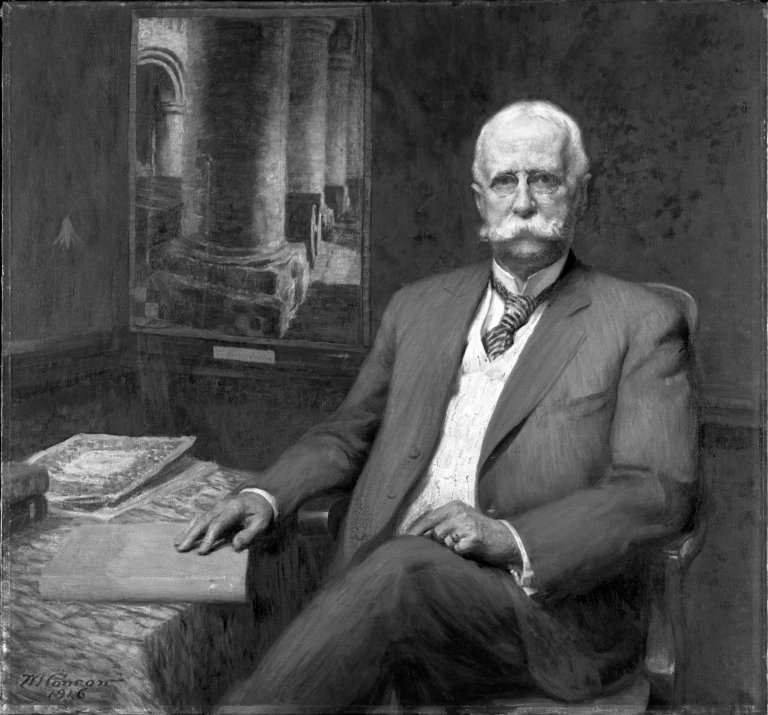
I found it interesting that when The Chronicle of Higher Education assembled its list of national trends for its Trends Report, they included instructional design as one of them. It's odd to think of it as a "trend" since ID did not start in education, it has been around for several decades and it has a big role, especially in higher education, today.
Instructional design started during World War II with the armed forces. It came from a need to provide technical training to large numbers of people efficiently.
Having worked in instructional design formally since 2000, I have seen the field change during the past 15 years. I subscribe to a few of those job alert websites and every week I see more openings for designers. Some of those jobs are in academe and even more are in industry. Most major companies now use instructional designers to develop employee training materials.
In higher education, instructional design is likely to have started at a college as a way to prepare distance-learning and extension programs. Those programs initially appealed to non-traditional students with family and work obligations and often as a distance from the physical campus that made attending classes difficult.
As the proportion of those students increased and as the technology to deliver courses became more sophisticated, online learning became more popular. Its acceptance by faculty lagged behind its acceptance by students. Designers who worked with faculty helped gain acceptance as they learned what an ID could do to actually help design their course for online delivery.
The share of students taking online courses has gone from less than 10 percent in 2002 to 28 percent in 2014, according to the Babson Survey Research Group. Babson also found that the percentage of academic leaders who see online learning as critical to their institution’s long-term strategy went from about half to nearly two-thirds. And that is why the one of their ten trends is to say that there is increasing importance and visibility for instructional designers.
A professional ID is needs technical ability, design skills, pedagogical knowledge, and the interpersonal skills to work 1:1 with subject matter experts - SMEs, or in this case, faculty.
In my early days of managing an ID department, we often met faculty who were told that they had to "teach my course online" and who fully expected to just digitize all their regular face-to-face materials. They would ask us to scan hundreds of pages of handouts and readings, create or convert PowerPoint slides, and they wanted to videotape their usual 90 or 180 minute lectures. It was a very big learning curve.
A few saw the opportunity to translate their in-person courses to be offered online as an opportunity to really rethink the course objectives. In those early days, all faculty had to learn technical skills, especially whatever the current course management system was that the college was using. (Those often changed, much to their dismay.)
For me, the best outcome over the 16 years that I worked in instructional design was that we were viewed not as just "the people who do online courses" but also as a department that could help improve the quality of teaching, whether in online, in-person, or hybrid courses.
Having myself been trained as a K-12 teacher and doing graduate work in pedagogy, I was initially surprised at the lack of knowledge that professors had in that area. I shouldn't have been surprised since they always told me that they never took an education course and tried to "do the things my best teachers did and avoid the things the bad ones did." Objectives versus goals, rubrics, Bloom's Taxonomy and almost all of the things I had been taught and used in my secondary school classroom were brand new to higher education faculty. My knowledge about pedagogy needed to be diplomatically transferred to professors, but the best ones were intrigued and eager to know not only how to teach online but why to teach in new ways.

 According to a study published last year by the Pew Research Center, the United States recently passed a milestone in the U.S. workforce: there are now more Millennials in the workforce than any other generational group (see figure 1).1 Millennials were born between 1981 and about 1997, Generation Xers were born between 1965 and 1980, and Baby Boomers were born between 1946 and 1964.2 The youngest members of the Millennial Generation are just now entering the workforce, and the oldest members are growing their careers. The youngest Boomers are in their peak productivity and wage-earning years, whereas the oldest members are retiring from the workforce. Gen Xers are situated firmly in the middle.
According to a study published last year by the Pew Research Center, the United States recently passed a milestone in the U.S. workforce: there are now more Millennials in the workforce than any other generational group (see figure 1).1 Millennials were born between 1981 and about 1997, Generation Xers were born between 1965 and 1980, and Baby Boomers were born between 1946 and 1964.2 The youngest members of the Millennial Generation are just now entering the workforce, and the oldest members are growing their careers. The youngest Boomers are in their peak productivity and wage-earning years, whereas the oldest members are retiring from the workforce. Gen Xers are situated firmly in the middle.